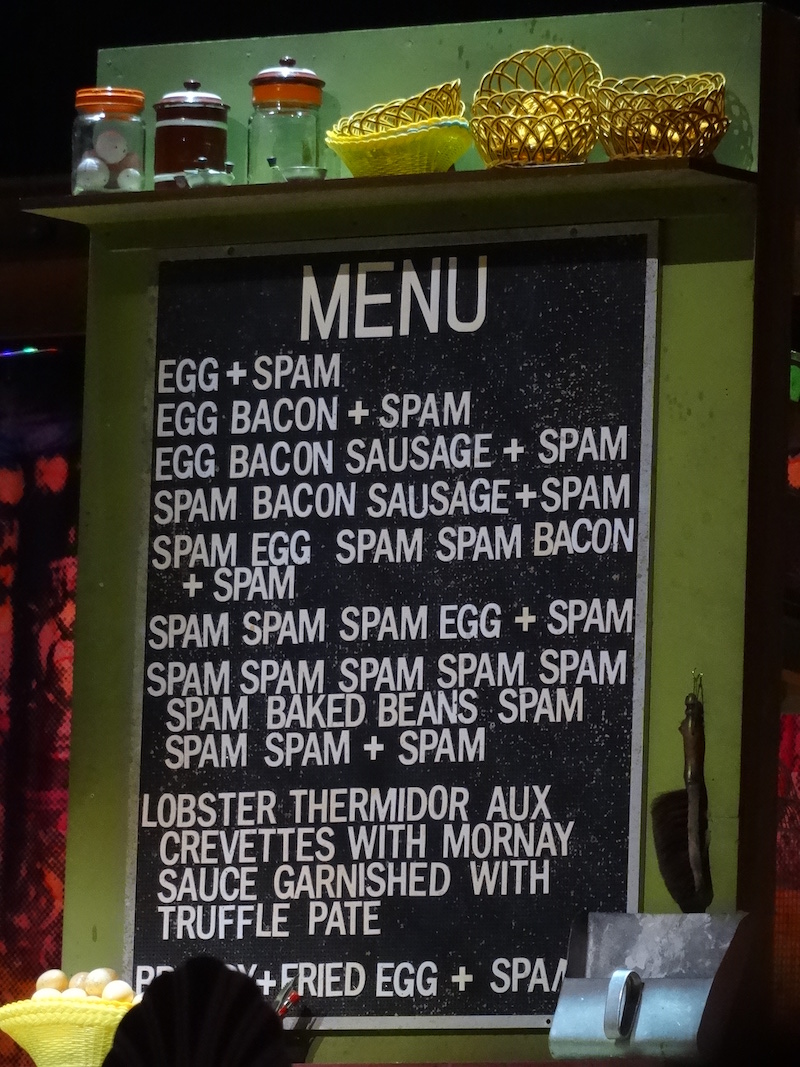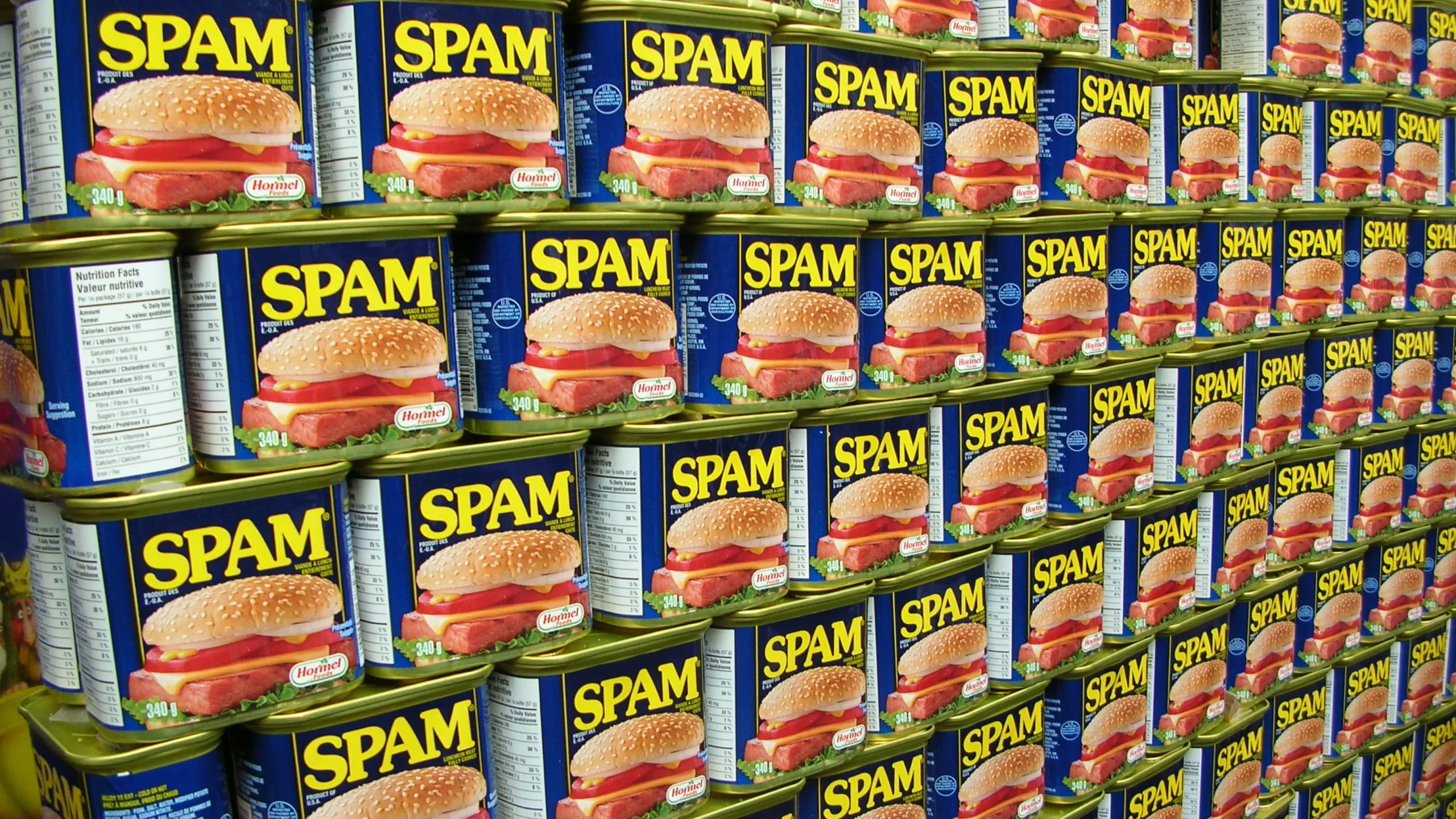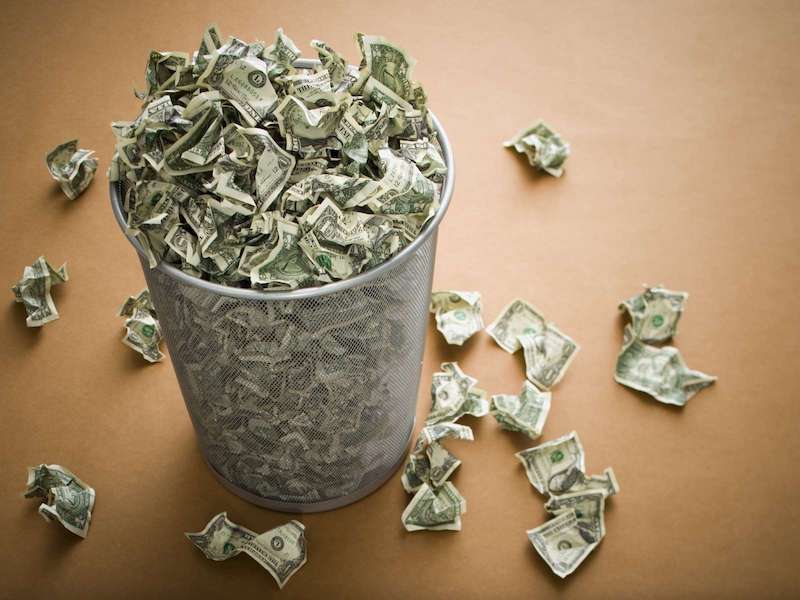How often do you check the Spam folder and how much time do you spend in this virtual shopping mall full of discounted products and services, business proposals, and fake news? Probably too much. Unfortunately, representing + 84% of the entire email traffic, spam is affecting everybody, both business and private users, because spam is annoying, time-consuming, and also extremely dangerous.
What started years ago as a pushy way of advertising products and services has become today the most notorious time-waster of the corporate world. Or the second, if we also take into account social media.
Spam costs us money…
According to Talos Intelligence (part of Cisco) in September 2021 84.15% of all emails sent globally are spam, which translates into an average daily volume of 88.8 billion messages.
The most prevalent spam content categories in 2019 reported by Statista are health messages (mainly due to Covid-19), accounting for 39%, ads of diverse products in the second place with a 12% share. Then come adult-content related messages and extortion with 10% each.
Type of Spam messages
TechRadar published last year an interesting statistic, showing that for every 12,500,000 emails sent, spammers receive 1 reply.
That way, spam is a volume business, and every spammer’s goal is to flood your address with countless emails. For them, the cost of this operation is almost zero, for you it’s a lot of money.
A recent report „The true cost of SPAM EMAIL” published by Legal Workspace stated that the average white-collar receives 120 emails per day, and nearly 50% of those emails are spam.
This report also mentioned that on average for any office worker it takes about 16 seconds to check between spam and legitimate business correspondence.
Let’s do the math for a company with 100 employees spending 16 minutes per day ( 60 unsolicited messages x 16 sec) 80 minutes per week, 5.5 hours per month, and 69.3 hours per year. So, almost one week and a half just selecting and deleting spam, to the detriment of a productive working time. Then, think about what is your company average rate per hour and multiply by 69.3.
Ok, it’s theoretical, some of the messages are filtered and end-up directly in the Spam folder. Even if your employees don’t check every spam message, you now understand better why dealing with spam costs us a lot of money.
…and it’s annoying
Also, we need to combat spam also because it blocks communication channels and creates traffic, occupies a lot of storage space, and catches users’ attention. Another risk is to accidentally delete important emails along with spam or even anti spam filters to blacklist accidentally some legitimate domains of friends, clients, or business partners.
It could happen to everybody and usually lost mails are discovered too late. After such an episode, everybody starts checking the spam folder much often, which generates an additional cost of time. It is a trap from which it’s difficult to get out, without the proper tool.
Fortunately, there is good news for Gmail users.
Are you looking for a way to minimize the impact of spam mail on your organization’s productivity?
Or you are tired of missing out on important messages because they end up mysteriously in your Spam folder?
Backed-up with more than 20 years of software development, a team of IT enthusiasts developed Spam-Digest for Gmail. Coming from a personal and professional need of dealing with Spam in a more efficient way, Spam-Digest for Gmail sends you the list of spams you received recently. And you decide if you want to read them or delete them.
Spam-Digest is free for personal use and 5 euro / year for business accounts with a 3 months free trial.
It takes 1 minute to download and install Spam-Digest for Gmail from Google Workspace Marketplace
Don’t forget to send us your feedback or rate us!





